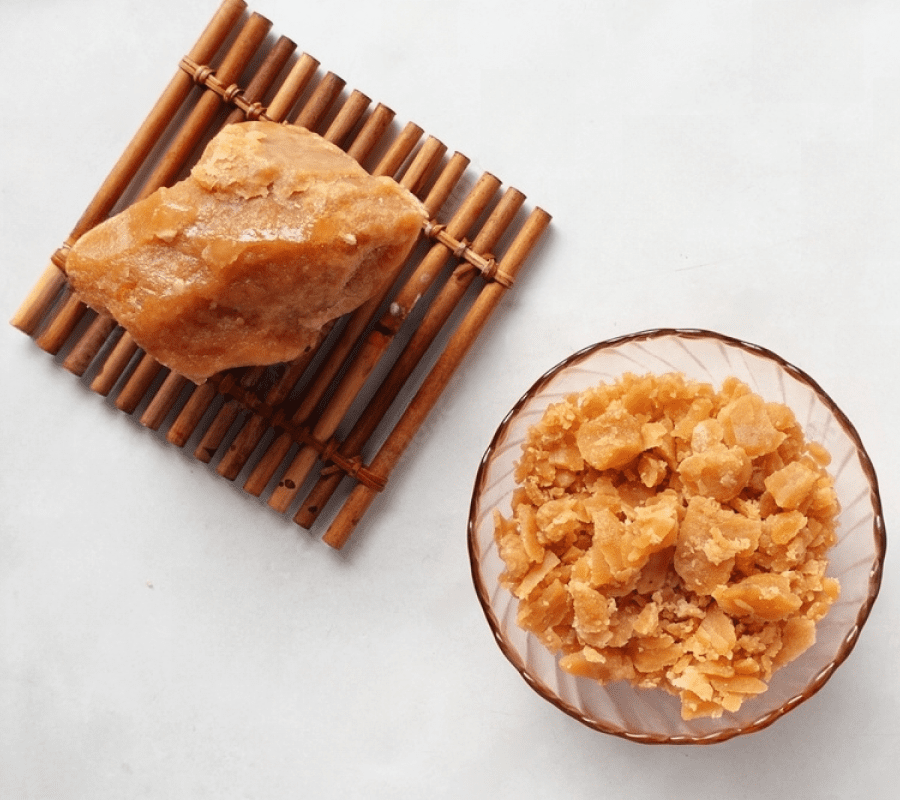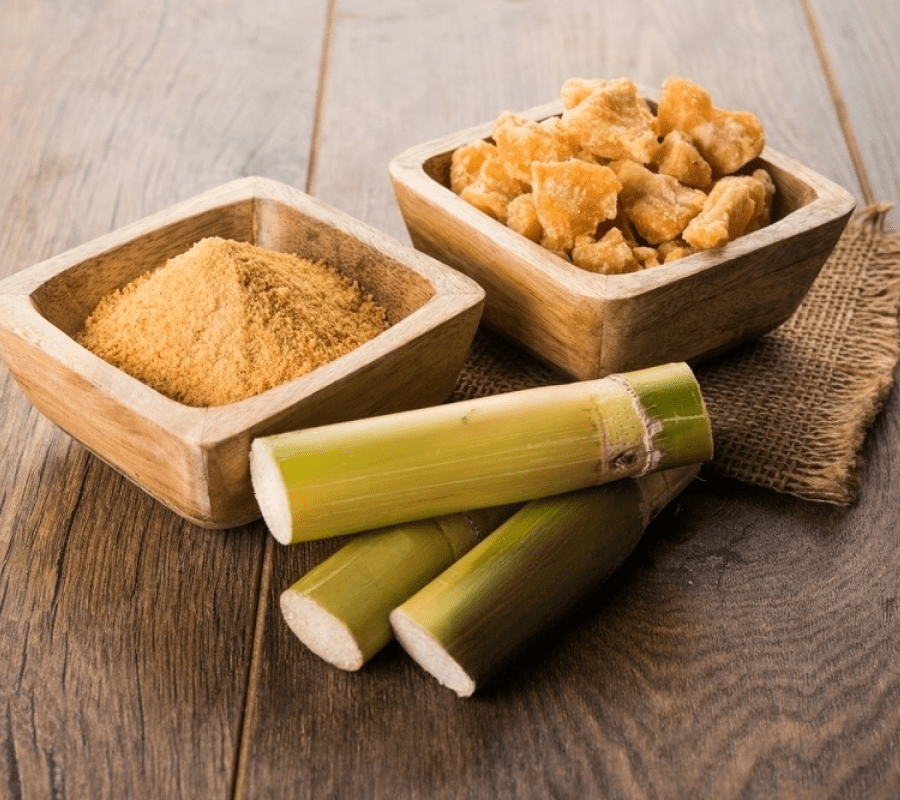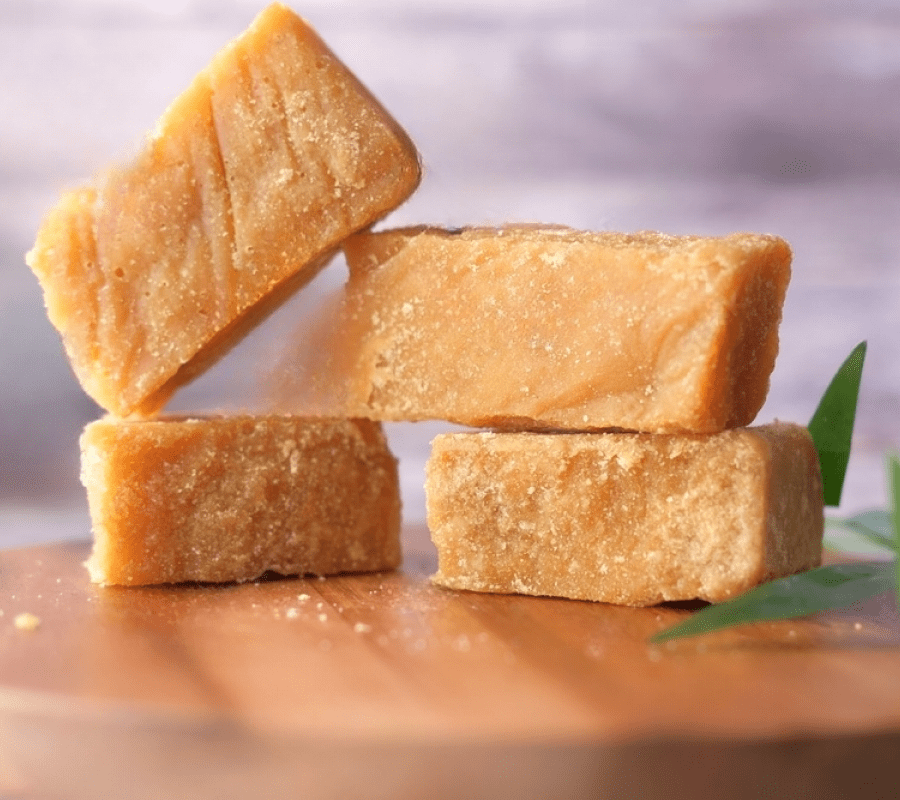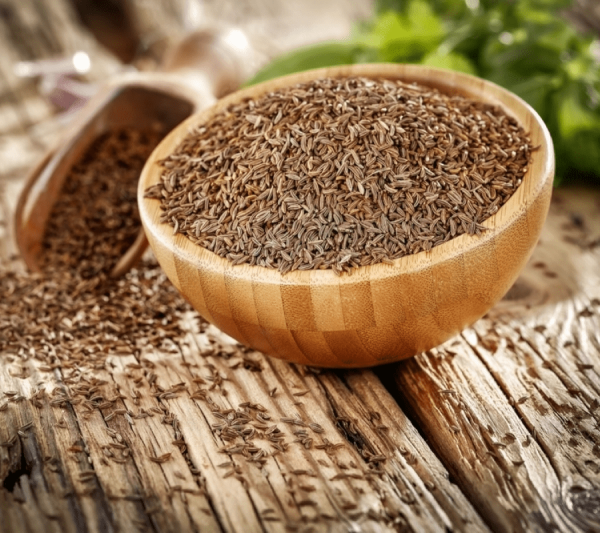Description
Here are some key characteristics and information about Jaggery:
Production: Jaggery is made by extracting the juice from sugarcane or date palm and then simmering it to remove the water content. The concentrated juice is then solidified and shaped into blocks, cones, or other forms. This natural process preserves many of the minerals and vitamins present in the original juice.
Color and Flavor: Jaggery can vary in color, ranging from golden brown to dark brown, depending on the source and processing method. It has a rich and complex flavor, often described as sweet, earthy, and caramel-like.
Health Benefits: Jaggery is considered a healthier alternative to refined sugar because it retains some of the natural nutrients found in sugarcane or date palm juice, such as iron, calcium, magnesium, and potassium. It also contains antioxidants and may have some potential health benefits. However, it is still a form of sugar and should be consumed in moderation.
Culinary Uses: Jaggery is used in a wide range of culinary dishes, both sweet and savory. It is a common ingredient in many traditional desserts, snacks, and beverages, such as Indian sweets, chutneys, and herbal teas.
Medicinal Uses: In traditional medicine systems, Jaggery is sometimes used as a remedy for various ailments. It is believed to have therapeutic properties and is often included in herbal formulations.
Availability: Jaggery is widely available in regions where it is produced, and it can also be found in some specialty stores or international markets in other parts of the world. It is sold in various forms, including solid blocks, granules, or liquid.
Sustainable Production: Jaggery production is considered more environmentally friendly compared to the production of refined sugar, as it typically involves less processing and fewer chemical additives.
Jaggery is a versatile and natural sweetener with a distinct flavor that has been cherished for generations. It is valued not only for its taste but also for its potential health benefits and its role in traditional and cultural practices.
Jaggery goes by various names in different languages and regions around the world. Here are some of the common names for Jaggery in different languages:
English: Jaggery
Hindi: Gud (गुड़)
Arabic: Jaggery ( جگري)
Spanish: Azúcar De Palmera
French: Jaggery
Russian: Neochishchennyy Pal’movyy Sakhar (неочищенный пальмовый сахар)
Italian: Jaggery
Portuguese: Açúcar Mascavo
German: Jaggery
Chinese: Cūtáng (粗糖)
Japanese: Jaggery
Korean: Jaegeoli (재거리)
Thai: N̂ảtāl Tond (น้ำตาลโตนด)
Indonesian: Gula Merah
Vietnamese: Thốt Nốt
Malay: Jaggery








